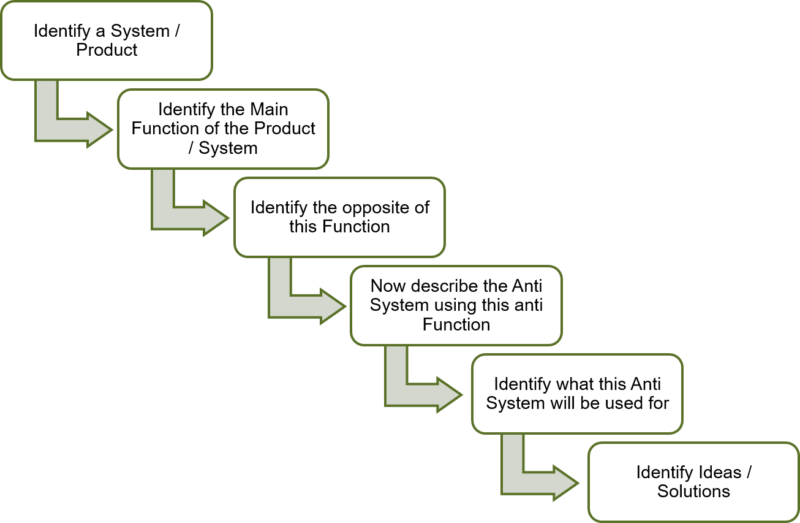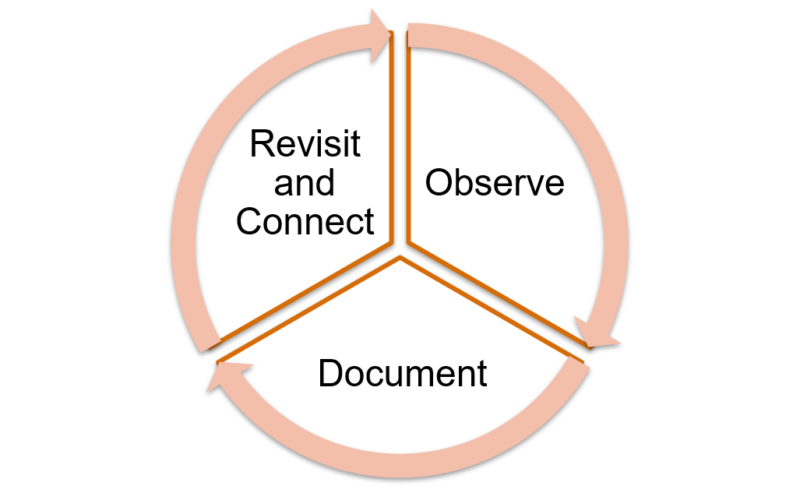Technology innovation is the guiding star of human civilization. Ever since the first wheel was invented, human race has been on a relentless journey of uncovering new ways and means of making our lives easier. There have been several impediments to this progress. From time to time, thought leaders helped in removing those impediments by guiding the society. Yet, the struggle of human thinking to get better, continues.
In one of my earlier posts, Innovation : In Search of Great Ideas (Part1), I talk about ways of finding new and innovative ideas to inspire innovation. One of the ways discussed in that post is to find the next possible frontier. The article advises the reader to explore the boundaries of the current system and try to push those boundaries further to generate new and innovative ideas. One of the ways to explore and push the boundaries is achieved by living in the future and re-imagining the current world in the context of a new future world. An example of this is a world where Autonomous Drones become the delivery boys. Now one needs to imagine how the other components of the logistics sector need to change to stay relevant and add value.
Psychological Inertia
Living in future is easier said than done. When you are trying to ‘live in the future’, your behavioral traits and experiences you have gathered over the years would force your brain to think in the same way as always and would thus limit your ability to uncover new ideas. This tendency of human brain to try and follow a set thinking pattern based on earlier experiences and behavior is called Psychological Inertia.
In this post we will focus on the psychological inertia and how innovators can get rid of it to start thinking in a new and innovative manner.
Below is a visually appealing example of Psychological Inertia. In the pic below, a horse is seen tied to a chair. The chair is not holding the horse, its the horse thinking that it has been tied that is making it not run away with the chair itself.

Causes of Psychological Inertia
Psychological inertia is basically the inability of the brain to think in a new way. A child who has just started to interact with the world has zero psychological inertia. For him/her every interaction brings a new kind of a learning. The same child when grows up, starts using these learnings and experiences collected over the years, in his day to day activities. Some of these experiences become a cause of psychological inertia.
With growing experiences, also come the knowledge of how things work or how they are supposed to work. This knowledge leads to assumptions. Many a times these assumptions make us think in a specific direction and cause the mental inertia. A noted thinker has said:
Insanity Is Doing the Same Thing Over and Over Again and Expecting Different Results.
If you keep doing the same thing again and again, you would not get a new result. This fixed strategy or a premeditated way of doing things causes psychological inertia.
An attempt to justify and affirm once own beliefs, knowledge or principles is called confirmation bias. Confirmation bias closes one’s mind to new facts and data. The confirmation bias can be the biggest cause of psychological inertia.
Defeating Psychological Inertia
To be able to exercise innovative thinking, one needs to get rid of the Psychological Inertia. First step towards getting rid of Psychological inertia is to acknowledge that it exists. One needs to liberate one’s thinking from blindly following the past experiences. Try to think outside the box when the problem demands a non obvious solution. Basically one needs to extend the boundaries created by one’s subconscious mind to see beyond the current context. This ability helps get rid of the Psychological Inertia and paves the way for development of innovative solutions.
There are tools that can be used to extend the boundaries of our thinking. One such tool, Nine Windows, I have explained in my previous article in this series. You can refer to Innovation : In Search of Great Ideas (Part3). There is another tool that helps get rid of the Psychological Inertia. This tool helps one use an existing system or product to find a new idea. This tool is the Anti System Algorithm.
Anti System Algorithm
The Anti System Algorithms helps generate innovative ideas by picking an existing working product and reversing its main function. Once the main function is reversed, the use of this reversed function will help come out with new and innovative ideas and product. A very famous example of Anti System is how the night vision devices were developed. The night vision device can be seen as anti system counterpart of sunglasses. The main function of sunglasses is to reduce the light to comfort the eyes. The night vision goggles do the opposite. They enhance the light to help the eyes see things even in dark conditions.
Here is how the Anti System Algorithm works.

Conclusion
Innovative thinking happens when the neurons in our brain fire and connect in a way they have never connected before. There are myriad factors that are at play here. Still there are ways of making our brain think more innovatively.

We need to keep expanding the limits of our ‘thinking box’ by getting rid of the Psychological Inertia. Big ideas do not occur in the form of epiphanies. It takes constant observation and documentation of those observations for the big ideas to take shape and become a reality.
- Four Growth Strategies to Scaleup Your Business - March 14, 2021
- Innovative India: Platforms For Billion+ People - January 5, 2021
- Innovative India: Searching For Lost Glory - October 15, 2020


